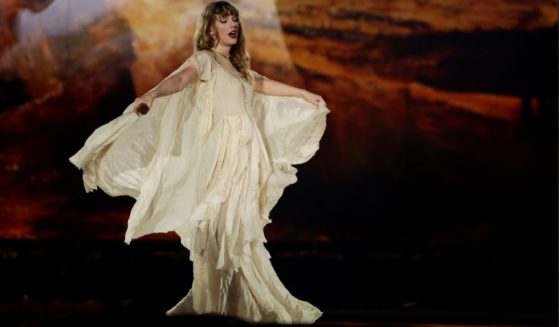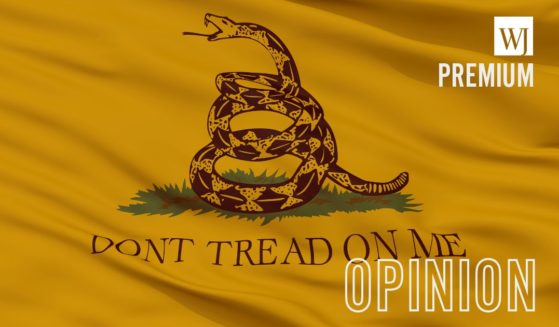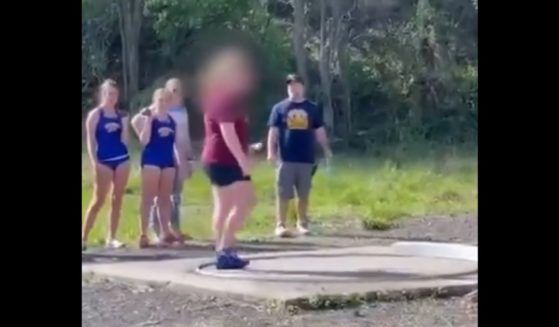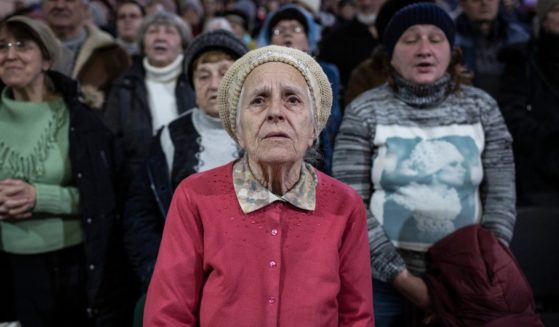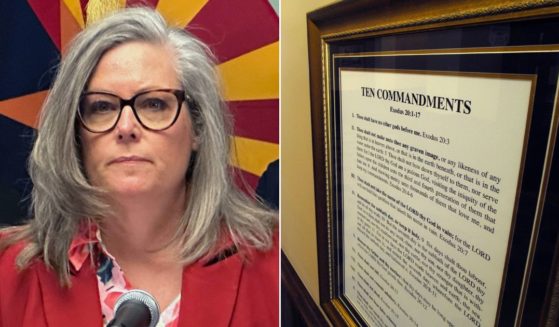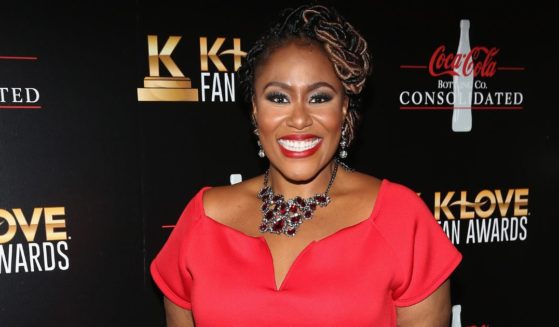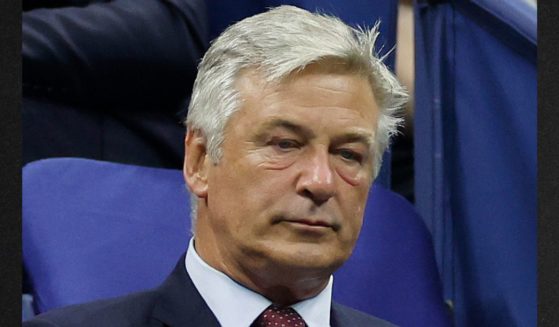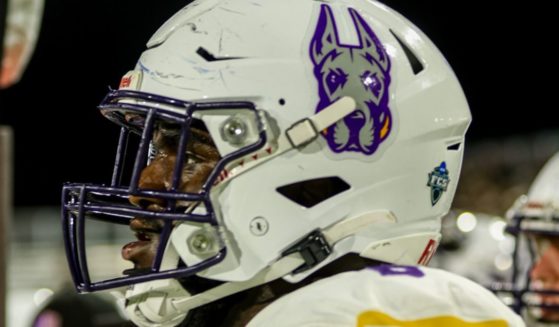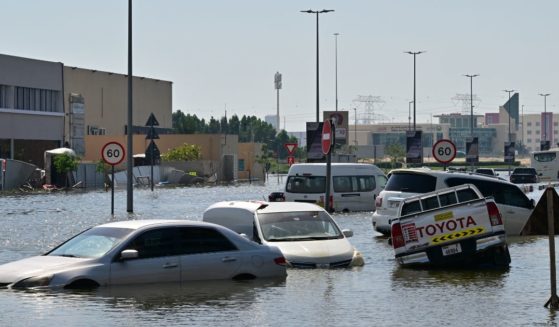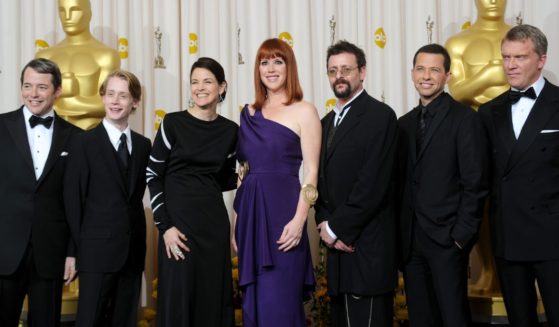Kansas Democrats planning ranked-choice presidential primary
TOPEKA, Kan. (AP) — Kansas Democrats plan to have voters rank candidates rather than pick only one in a presidential primary set for May 2020.
The party is moving away from its more traditional caucuses, trying ranked-choice voting and allowing mail ballots to boost participation, State Chairwoman Vicki Hiatt said Tuesday. The state party has submitted its plans for the May 2 balloting to the Democratic National Committee for its approval.
About 39,000 people participated in Kansas Democrats’ presidential caucuses in 2016, an unusually large turnout that resulted in a 2-to-1 victory for Vermont Sen. Bernie Sanders over eventual presidential nominee Hillary Clinton. Some meetings took several hours, discouraging participation, particularly if rural voters faced long drives to get to caucus sites, Hiatt said.
“People did not want to do that again,” Hiatt said. “It just ended up being a little chaotic.”
Kansas had state-financed presidential primaries in 1980 and 1992, with county and state election officials overseeing the voting. In both years, more than 160,000 Democrats and 210,000 Republicans cast ballots.
A Kansas law called for a state-run primary every four years after 1992, but the Legislature kept canceling it because of the potential cost. Legislators repealed the law in 2015, leaving it to the political parties to decide how handle the voting.
Hiatt said the 2020 primary could cost the state Democratic Party $200,000, depending on the turnout. But she said the party also could get financial support from groups that promote ranked-choice voting.
“We’re really going to be doing a lot of robust fundraising,” she said.
The state Republican Party hasn’t decided what it will do in 2020, state Chairman Mike Kuckelman said. With President Donald Trump expected to be nominated again easily, some Republicans talked earlier this year of forgoing caucuses and having a state convention pick delegates to the GOP National Convention.
The GOP had caucuses in 2016 but set them up so that voters could arrive after candidate rallies and speeches and simply cast their ballots and leave quickly. About 73,000 Republicans participated, with Texas Sen. Ted Cruz scoring a decisive victory over Trump.
Democrats stuck in 2016 to a more traditional caucus format. After listening to speeches, participants gathered in groups by the candidates they preferred and were counted. Candidates who didn’t receive 15% were eliminated, and the participants regrouped.
With the planned primary, voters would rank every candidate on the ballot. If a candidate does not receive 15% percent of the vote, his or her votes would be redistributed based on the voters’ second choices. That process would continue until all the remaining candidates had at least 15%, and delegates to the Democratic National Convention would be awarded proportionally.
___
Follow John Hanna on Twitter: https://twitter.com/apjdhanna
The Western Journal has not reviewed this Associated Press story prior to publication. Therefore, it may contain editorial bias or may in some other way not meet our normal editorial standards. It is provided to our readers as a service from The Western Journal.
Truth and Accuracy
We are committed to truth and accuracy in all of our journalism. Read our editorial standards.

